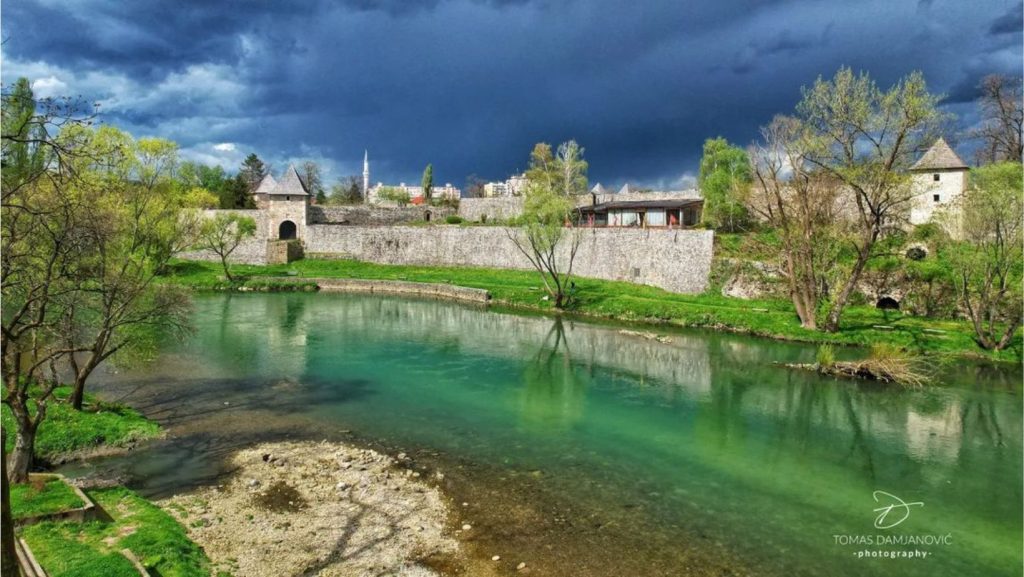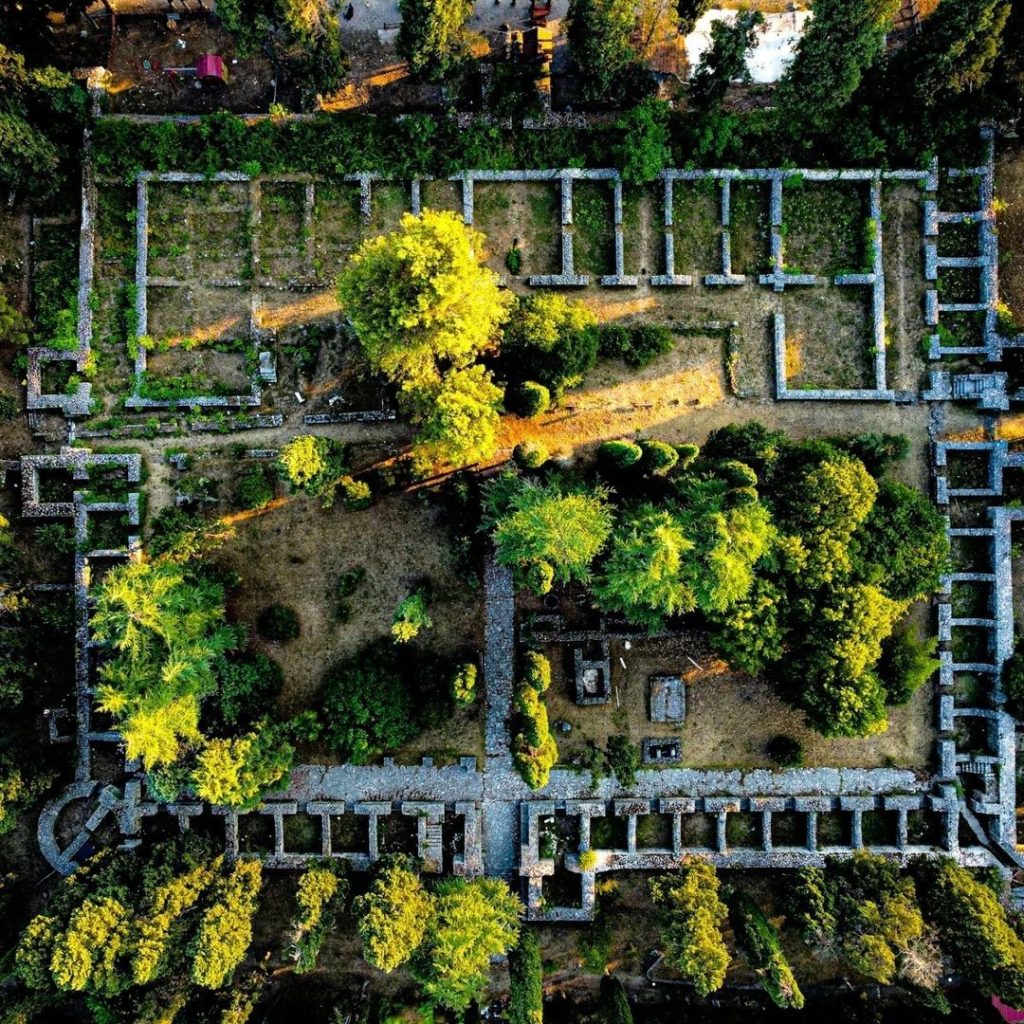
This exceptionally preserved ancient Roman villa rustica is a jewel of late antique architecture, boasting a rich history dating back to the 1th century.
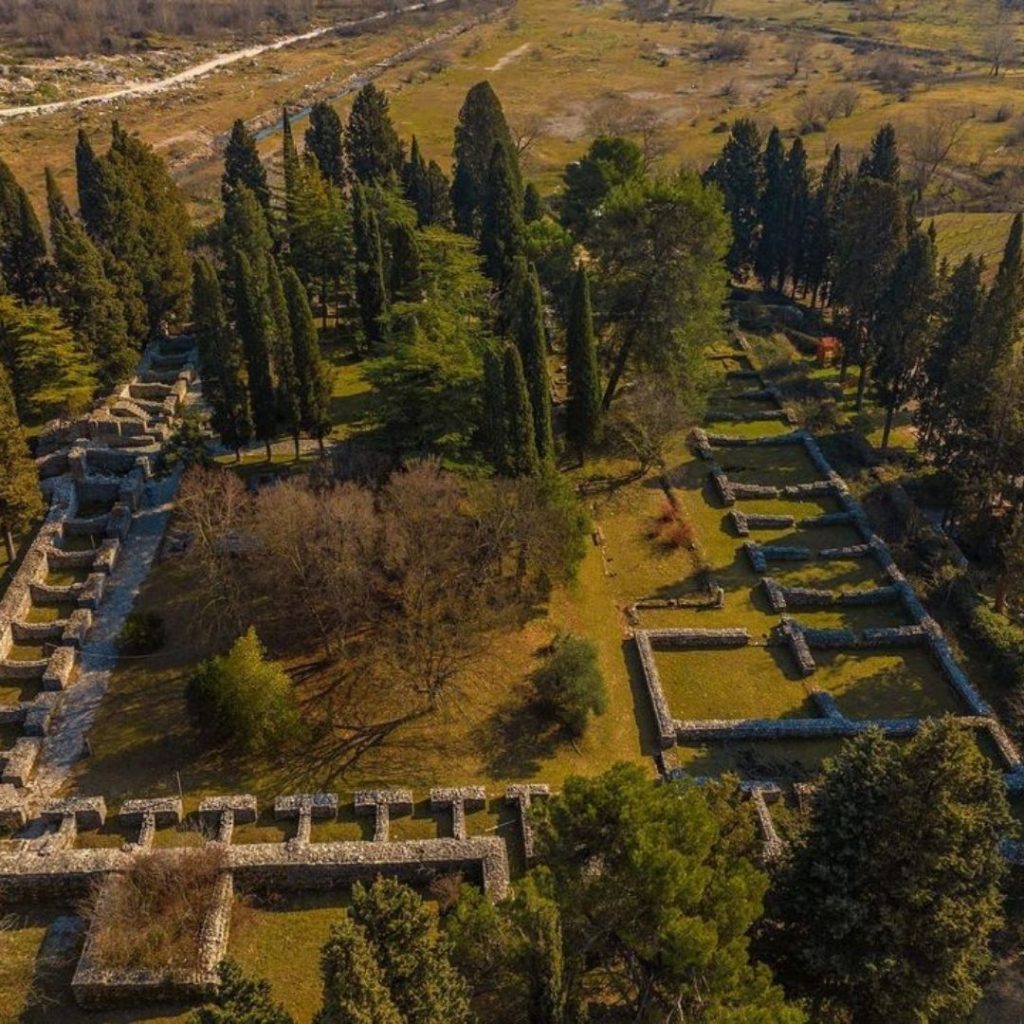
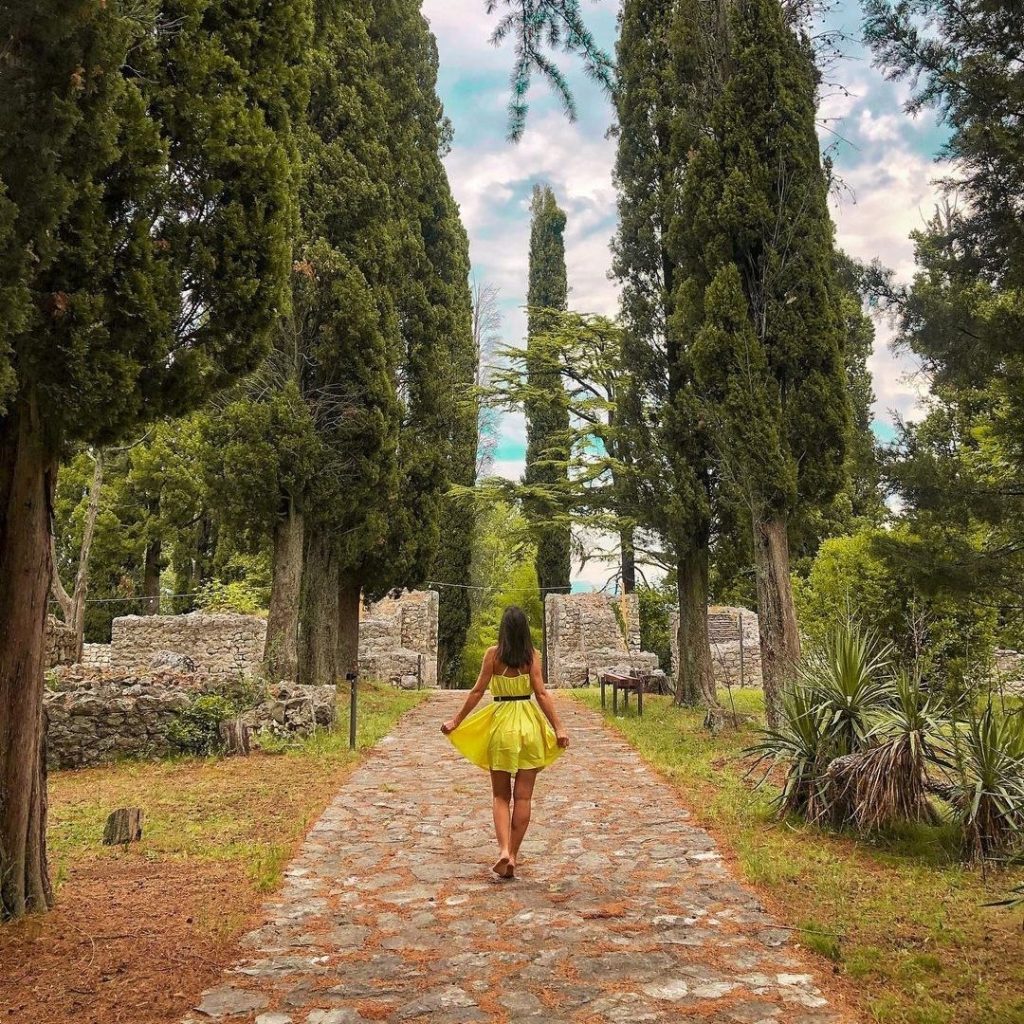
Surrounded by lush Mediterranean vegetation, Mogorjelo exudes beauty and architectural uniqueness.
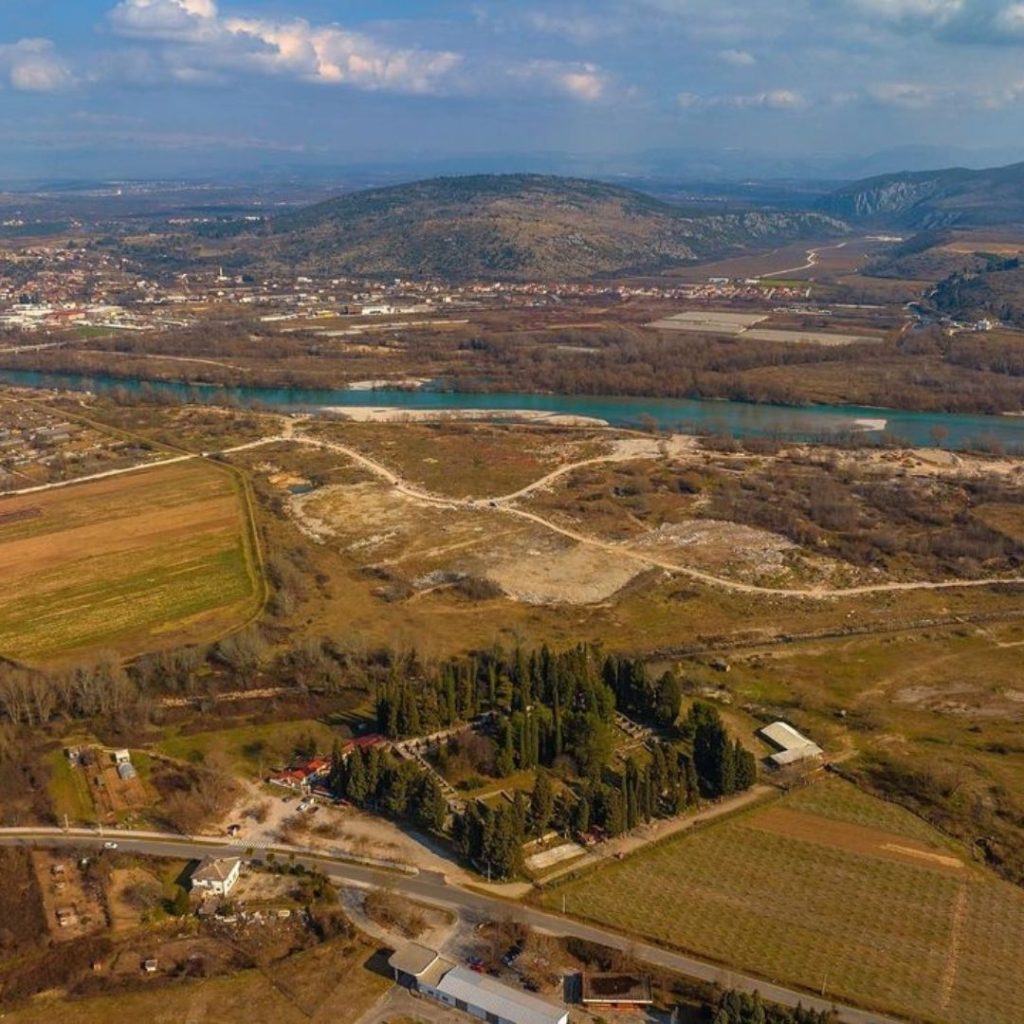
It is situated near the town of Čapljina, on the banks of Neretva river, approximately 30 kilometers south of Mostar and with it’s rectangular dimensions measuring 102 x 86 metersis is considered as one of the most important Roman sites in the country.
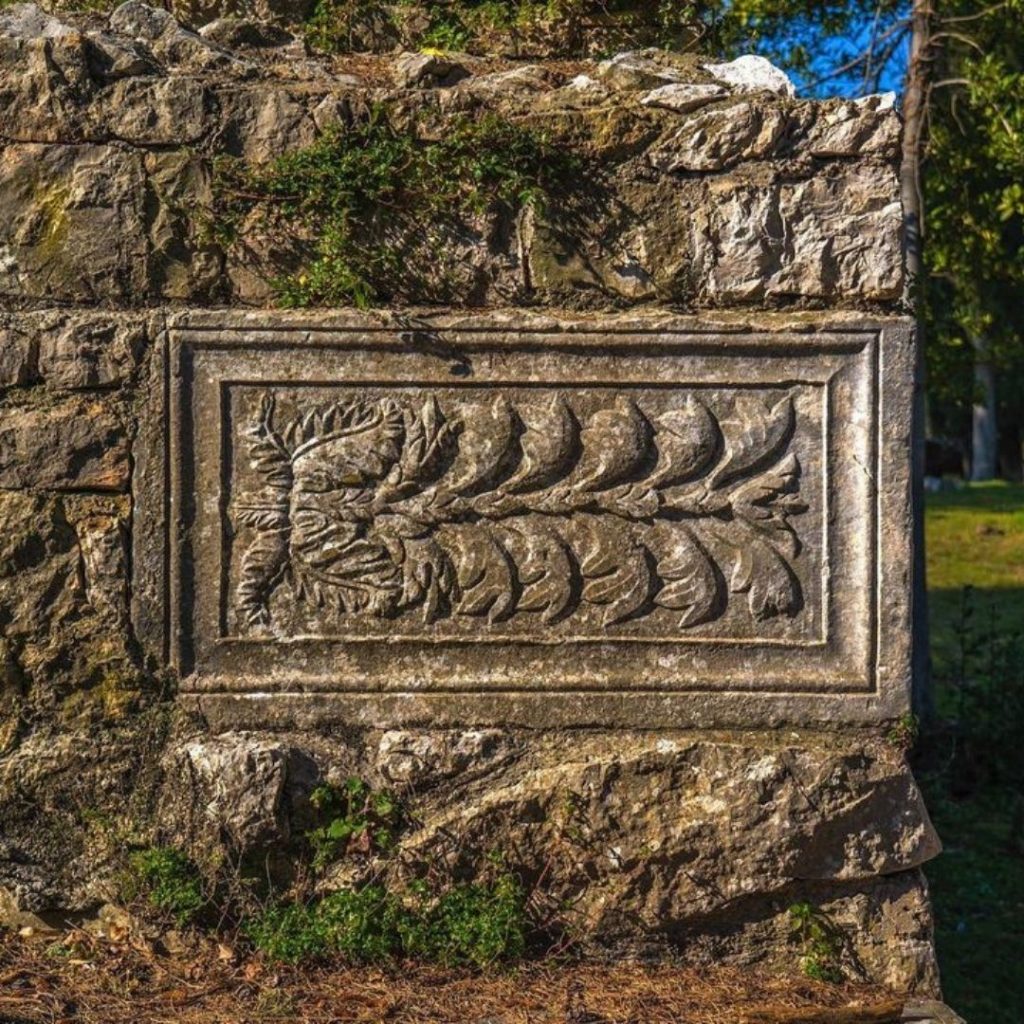
Archaeological excavations conducted by Carl Patsch from 1899 to 1903 revealed a complex of structures spanning multiple phases.

Originally serving as an agricultural center (villa rustica fructuaria) in the 1st century, Mogorjelo evolved into a sophisticated compound interconnected by corridors.

At its heart stood a residential building, baths, and facilities for agricultural production, including an olive press, mill, and bakery. Additionally, a brick kiln, pottery workshop, and stable were located outside the main complex.
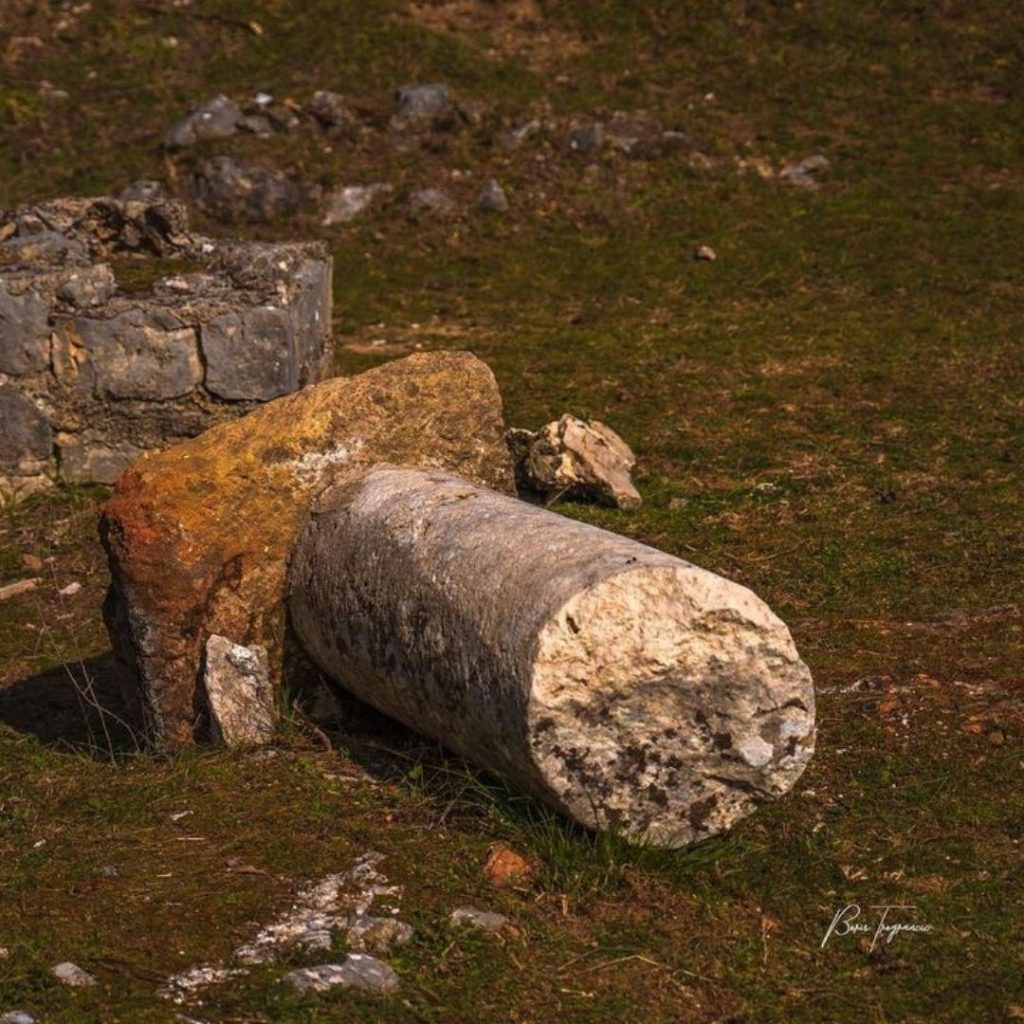
The site underwent transformation in the 4th century when a Roman fort (castrum) with corner towers, resembling Diocletian’s Palace in Split, was erected upon the ruins, likely after a fire.
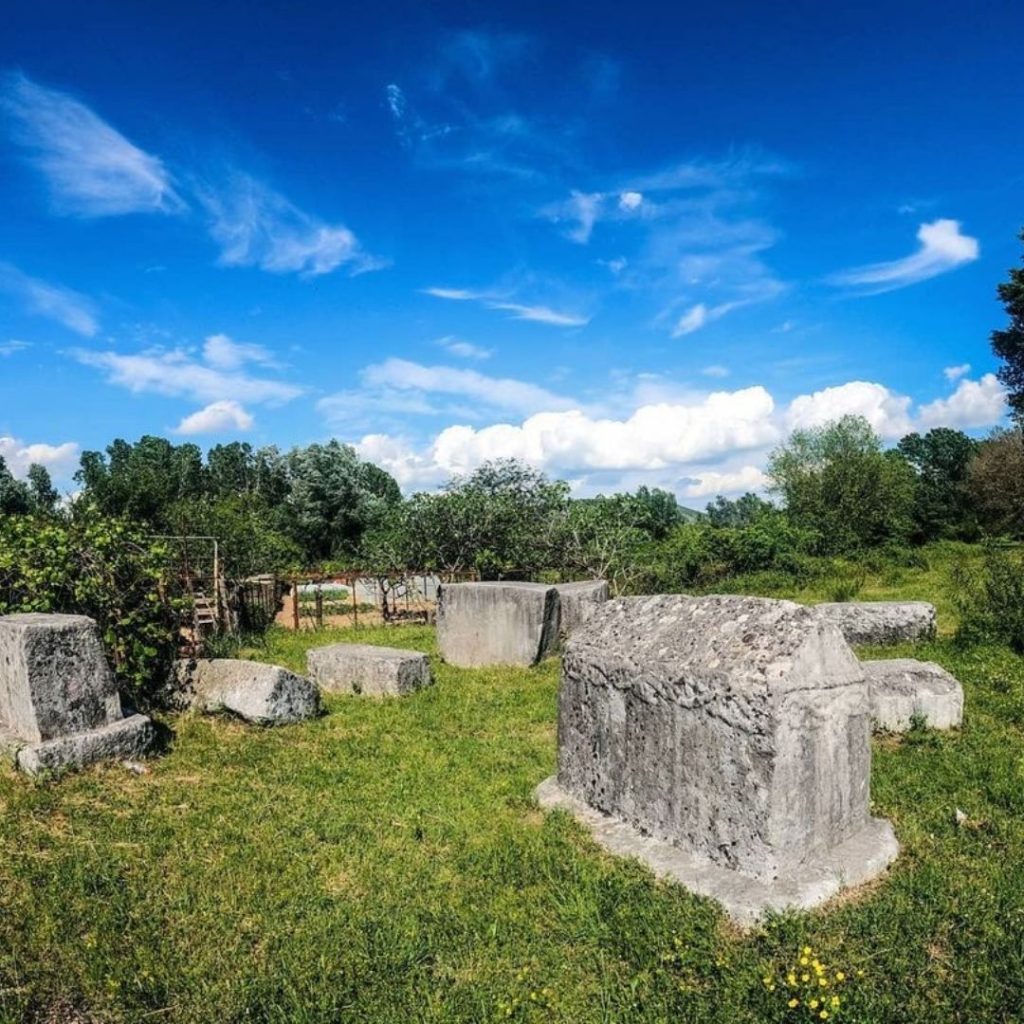
Archaeologists unearthed a treasure trove of artifacts, including jewelry, a Carolingian sword, spearheads, and a belt set. Among the discoveries were a 5th-century sarcophagus adorned with acroteria, funerary steles, architectural fragments, rough-hewn stone from the 4th to 6th centuries, small metal objects, fibulae, coins, pottery, and three stećaks.

Today, Mogorjelo is open to the public as an archaeological park, allowing visitors to explore the ruins and learn about the Roman presence in the region.


